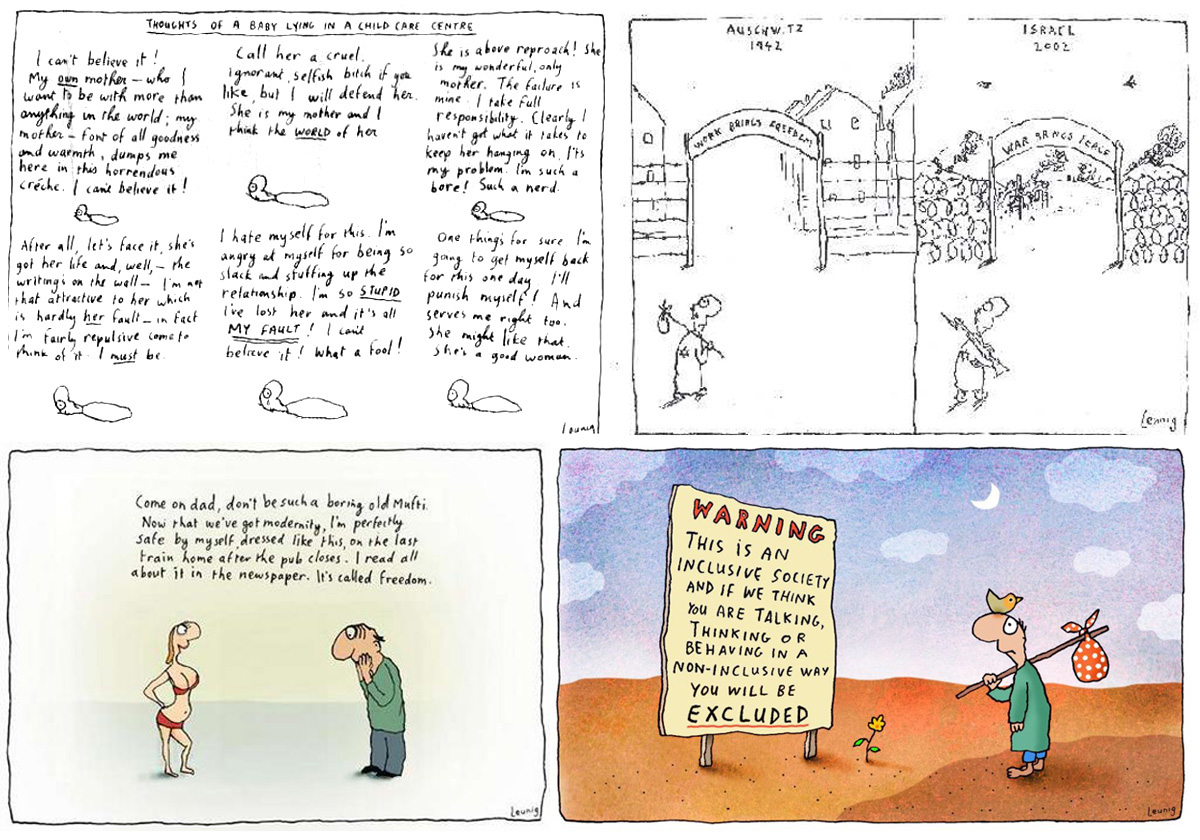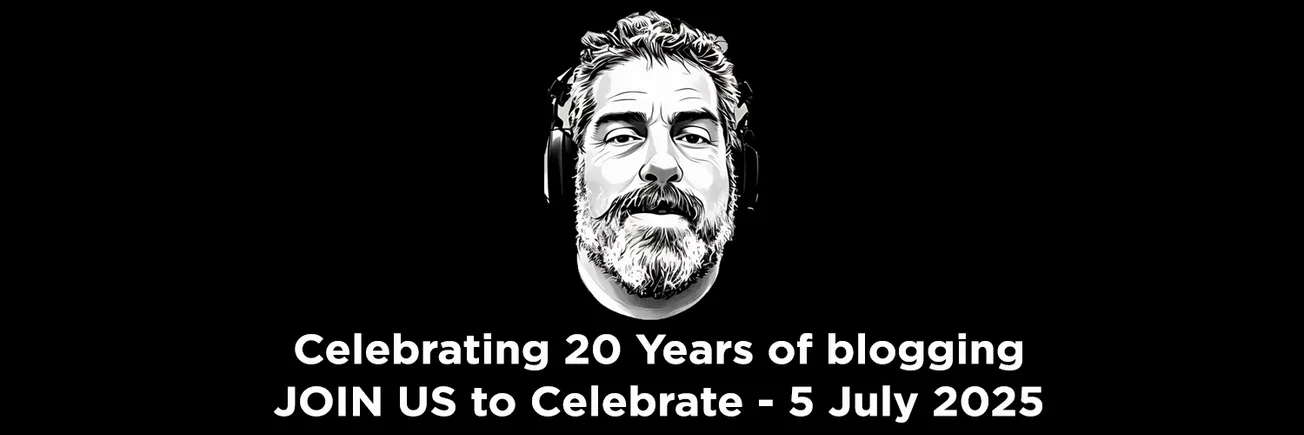Table of Contents
In 2006 satirical show The Chaser landed themselves in very hot water. Their crime? Supposedly making fun of terminally-ill children.
The sketch in question depicted the “Make-A-Realistic-Wish foundation” telling sick kids they couldn’t meet Zach Efron, but they could have a stick. Champagne comedy? Hardly. Offensive? Probably.
But so what? Humour is as subjective as offense and as free as any other form of expression. But the over-reaction to The Chaser was just another symptom in modern, “progressive” society’s war on humour. An even bigger battle has just been lost, as the New York Times calls an end to political cartoons, because a cartoon offended some people.
In April 2019, a Netanyahu caricature from syndication reprinted in the international editions triggered widespread outrage, a Times apology and the termination of syndicated cartoons. Last week, my employers told me they’ll be ending in-house political cartoons as well by July.
I’m putting down my pen, with a sigh: that’s a lot of years of work undone by a single cartoon – not even mine – that should never have run in the best newspaper of the world.

Perhaps it shouldn’t (I’m inclined to agree), but it was. The Times showed a deplorably craven attitude by even apologising, let alone canning cartoons altogether.
When The Chaser apologised and withdrew their skit, actor and writer Chris Morris (better known as Denholm Reynholm in The IT Crowd) chided, “I wouldn’t apologise for that”. Sure, the sketch was arguably offensive; so was the NYT. While portraying Netanyahu as Trump’s pet dog was one thing, decorating both of them with overtly Jewish regalia was a step too far.
But…so what? Cartoons are often meant to be offensive. Necessarily, they sometimes go too far. Chris Morris was right: never apologise to the offenderati, it only encourages them. One minute you’re banning cartoons for being offensive, the next, you’re mopping the blood off the floor of the Charlie Hebdo offices.
I’m afraid this is not just about cartoons, but about journalism and opinion in general. We are in a world where moralistic mobs gather on social media and rise like a storm, falling upon newsrooms in an overwhelming blow. This requires immediate counter-measures by publishers, leaving no room for ponderation or meaningful discussions. Twitter is a place for furor, not debate. The most outraged voices tend to define the conversation, and the angry crowd follows in…
I have consistently warned about the dangers of those sudden (and often organized) backlashes that carry everything in their path. If cartoons are a prime target it’s because of their nature and exposure: they are an encapsulated opinion, a visual shortcut with an unmatched capacity to touch the mind. That’s their strength, and their vulnerability. They might also be a revealor of something deeper. More than often, the real target, behind the cartoon, is the media that published it.
I’m not a huge fan of Chappatte’s editorial line, nor of Economist cartoonist Kal, whom he cites as an exemplar. But that doesn’t matter: If you’re really in favor of free speech, then you’re in favor of freedom of speech for precisely the views you despise, as Chomsky (whose views I otherwise indeed generally despise) says. More importantly, we need to be extraordinarily vigilant against ideologues who wish to erase humour. Every joke is a tiny revolution, as Orwell said.
Curiously, I remain positive. This is the era of images…It’s also a time where the media need to renew themselves and reach out to new audiences. And stop being afraid of the angry mob. In the insane world we live in, the art of the visual commentary is needed more than ever. And so is humor.
chappatte
Australian cartoonist Michael Leunig is a perfect exemplar of the power and necessity of editorial cartoons. Although too often for my liking he generally peddles a blandly PC editorial line, occasionally he comes out with something jaw-droppingly audacious. His Thoughts of a baby in childcare cartoon set off a early-culture-war firestorm. His cartoon likening Israel to Auschwitz was ridiculously offensive. Leunig has also kicked back against the censoriousness of PC-culture.
It is absolutely imperative that cartoonists like Leunig, Chappatte and Charlie Hebdo continue to be free to enlighten, shock and, yes, offend. And that papers like the Times continue to publish them.







